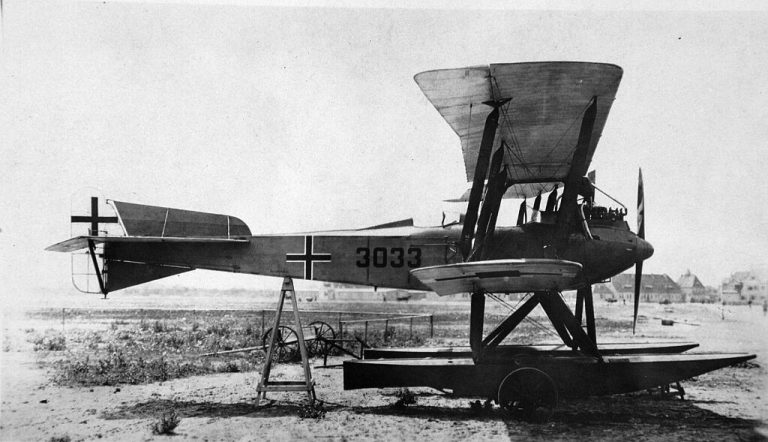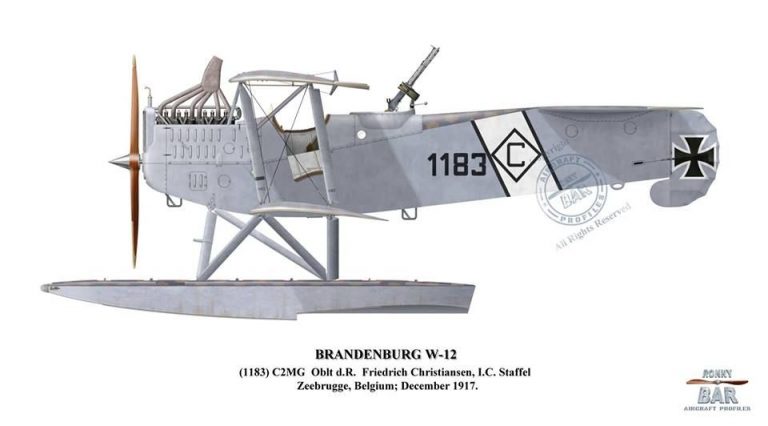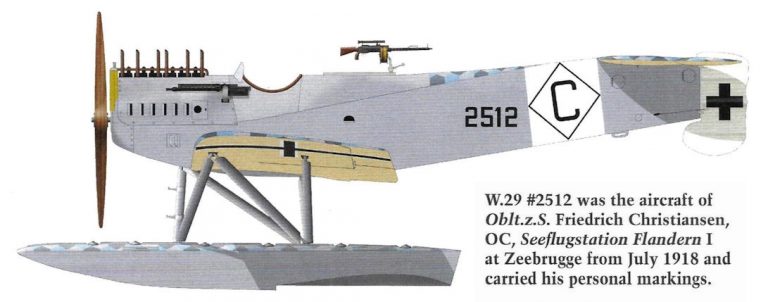General Friedrich Christiansen, commander-in-chief of the Nazi-German forces in the Netherlands
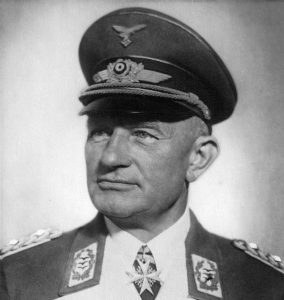
Friedrich Christiansen (1879–1972)
Full name: Friedrich Christiansen
Born: December 12, 1879, Wyk auf Föhr, Schleswig-Holstein, German Empire
Died: December 3, 1972, Innien (now part of Rendswühren), Schleswig-Holstein, West Germany
Nationality: German
Military branch: Imperial German Navy, Luftstreitkräfte (German Air Service), Luftwaffe
Rank: General der Flieger (General of Aviators)
Notable role: Wehrmacht Commander-in-Chief in the occupied Netherlands (1940–1945)
Early Life and Naval Career
Christiansen was born on 12 December 1879 as the son of a captain on Föhr. He was generally called „Fiede“, later also „Krischan“ after his middle name. Like his three brothers, he sailed the North Frisian Wadden Sea by boat from childhood.4 After attending the Wyker School, he signed on as a ship’s boy at the age of 15. At the age of 16, he sailed to South America. He then attended the Hamburg Navigation School and passed the ship’s officer’s examination in 1900. In 1901 he joined the Imperial Navy in Kiel as a „one-year volunteer“, where he retired the following year as a boatswain’s mate (non-commissioned officer) in the reserve.
Christiansen then became 2nd officer on the five-masted „Preußen“, the largest sailing ship in the world at the time.
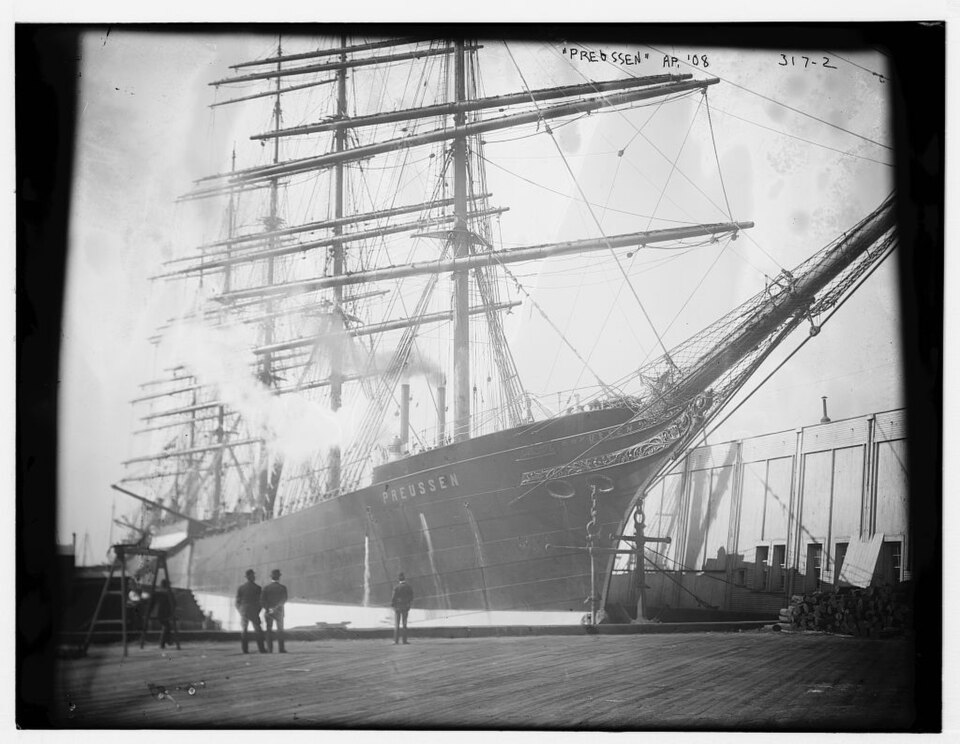
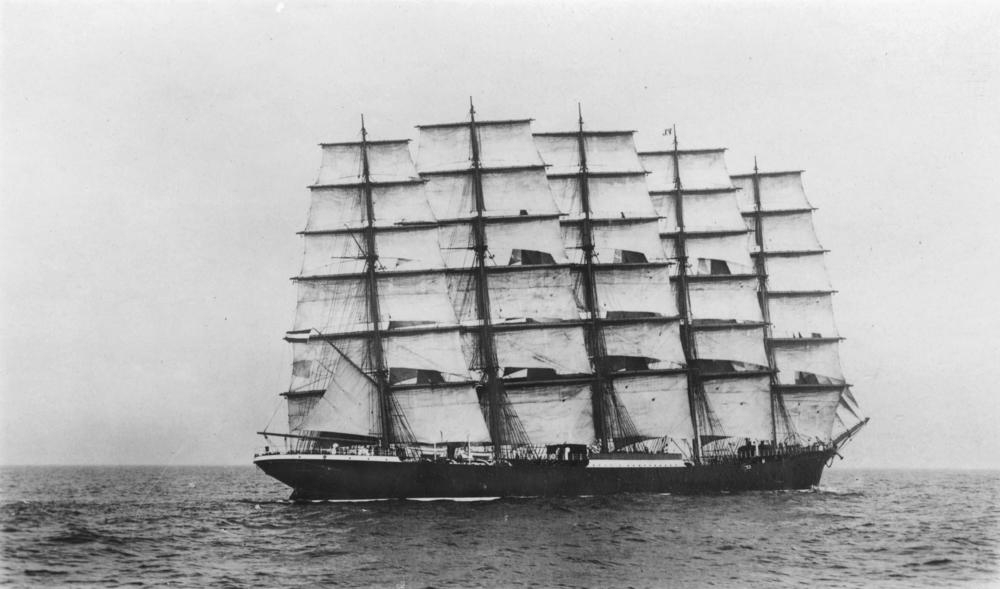

Fate of the Preussen.
- The sailing ship Preussen sank in 1910 after being rammed by a steamer, which severely damaged its forward rigging. A storm thwarted attempts to tow it to safety, and it was driven onto rocks at Crab Bay, near Dover, where it broke up and became unsalvageable. Today, parts of the wreck, including ribs, can still be seen at low tide.
- Though heavily damaged, all crew were saved.
- The wreck became a famous maritime tragedy and symbol of the end of the great sailing-ship era.
- More information: https://maritimearchaeologytrust.org/the-preussen/
By that time, Christiansen had already moved from merchant sailing to the Imperial German Navy, starting his path toward aviation.
In 1904 he acquired the patent as a „captain on a long voyage“. Soon he sailed the world’s oceans as 1st officer and then as captain.
Christiansen married in 1908. In the spring of 1914 he learned to fly. He was so enthusiastic about it that he trained as a flight instructor.
We believe it was in this period that he first met Herman Goering and they became long lasting friends.
In August 1914, he was called up to the seafarers. At the beginning of 1915 he came to the Zeebrugge seaplane station in Belgium. There he rose to the rank of highly decorated lieutenant captain with 21 air victories. From 1917 he headed the Zeebrugge seaplane station. Wilhelm II personally presented him with the „Pour le mérite“, the highest military award in Prussia. Wyk auf Föhr then named him an honorary citizen in 1918.
World War I (1914–1918)
- During the First World War, Christiansen transferred from the Navy to the German Naval Air Service (Marineflieger).
- He became a flying ace, credited with (21) 13 confirmed aerial victories.
- Christiansen primarily flew seaplanes and was known for reconnaissance and bombing missions over the English Channel and the North Sea.
- He earned a reputation for daring raids against Allied shipping and coastal targets.
Friedrich Christiansen’s World War I flying career was remarkable and is one of the main reasons he became a national figure in Germany. Here’s a detailed account of his WWI aviation service, victories, and honours:
Friedrich Christiansen’s World War I flying career was remarkable and is one of the main reasons he became a national figure in Germany.
Service Overview
- Branch: Imperial German Naval Air Service (Marine-Fliegerabteilung, or MFA)
- Rank during WWI: Started as Leutnant zur See (Naval Lieutenant), rose to Oberleutnant zur See (Senior Lieutenant)
Units: Served with various Seeflugstationen (Seaplane Stations), notably Seeflugstation Zeebrugge and Seeflugstation Flanders I, based along the occupied Belgian coast.
Role and Missions
Christiansen flew seaplanes and floatplanes, conducting missions over the North Sea, English Channel, and the Flanders coast.
His primary duties included:

- Reconnaissance: Observing Allied ship and troop movements
- Bombing raids: Attacks on coastal targets and shipping
- Air combat: Engaging British and French aircraft patrolling the coast
- Naval support: Escorting U-boats and naval vessels
Because of the dangerous nature of these missions — often over water, with few options for rescue — naval aviators like Christiansen had to be highly skilled pilots and navigators.
Combat Record
- Christiansen was officially credited with 13 (pos. 21) aerial victories, making him one of Germany’s top naval air aces.
- His victories were scored between 1915 and 1917, mostly over British RNAS (Royal Naval Air Service) aircraft.
- He often flew Friedrichshafen FF.33, Hansa-Brandenburg W.12, and W.29 seaplanes.
- He was known for his precision marksmanship, flying skill, and courage in adverse weather.
One of his most famous victories was on 15 May 1917, when he and his observer shot down an RNAS Curtiss flying boat near the Belgian coast.
Another documented World War I incident involving the British submarine C-25 and a group of German naval aircraft, Led by Friedrich Christiansen, then commander of German naval air units in Flanders, one of the earliest examples of aircraft attacking a submerged (or semi-submerged) submarine.
C-25, commanded by Lieutenant F. B. Pellew, was operating on the surface with HMS C-26 when she was sighted by five German seaplanes of the Marine-Fliegerabteilung (German Naval Air Service).
The aircraft were type Hansa-Brandenburg W.29
The planes dived and attacked with machine-gun fire and small bombs, one of the earliest multi-plane coordinated anti-submarine actions.
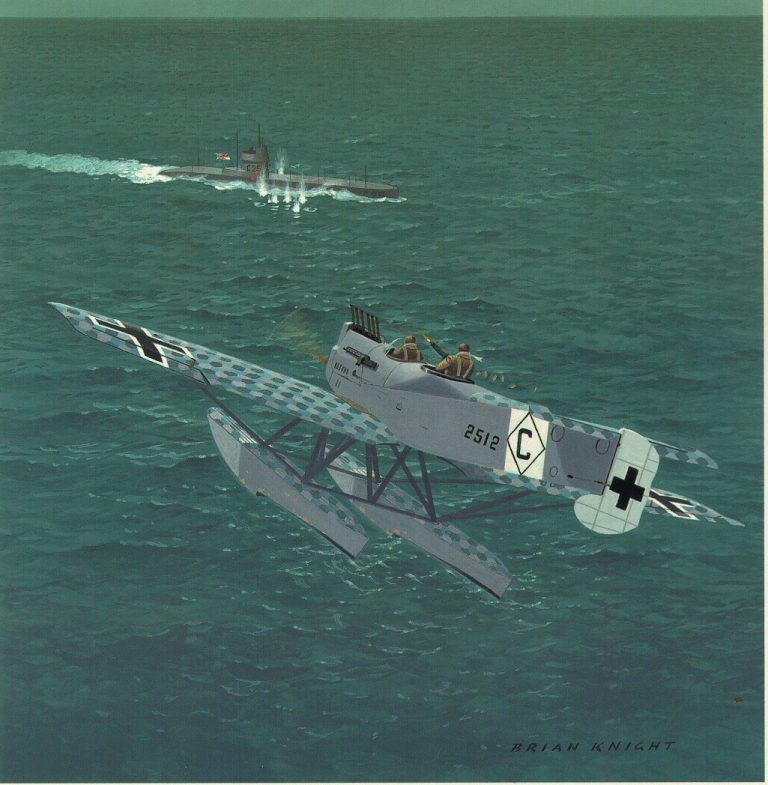
The submarine was hit repeatedly by bullets and splinters; her commanding officer and several of the crew were wounded.
Despite damage and injuries, Lieutenant Pellew managed to get the boat under control, dive briefly, and later surface to limp back to base with assistance.
Awards during WWI:
🏅 Major Decorations and Awards
Christiansen was one of the few German naval aviators to receive the Pour le Mérite, the Empire’s highest military decoration (nicknamed the Blue Max).
Receiving the Pour le Mérite placed him in the same elite group as aces like Manfred von Richthofen (the Red Baron) and Max Immelmann — but Christiansen was unique in that he was a seaplane ace, not a fighter pilot based on land.
World War I (Imperial Germany)
Decoration
Date / Context
Description
Pour le Mérite (“Blue Max”)
11 December 1917
Germany’s highest military award for gallantry. Christiansen earned it as a seaplane pilot with Seeflugstation Flandern I, credited with 13 confirmed aerial victories.
Iron Cross, 1st Class
c. 1915–16
For acts of bravery in combat as a seaplane pilot.
Iron Cross, 2nd Class
1914
Standard decoration for frontline service and bravery.
Knight’s Cross of the Royal House Order of Hohenzollern with Swords
1917
Typically awarded as a step below the Pour le Mérite; recognizes repeated distinguished service.
Friedrich August Cross (Oldenburg), 1st and 2nd Class
WWI
State decoration for bravery and merit in war.
Hanoverian War Merit Cross (Kriegsverdienstkreuz)
WWI
Regional German award for military distinction.
House and Merit Order of Peter Frederick Louis, Knight’s Cross
WWI
Awarded by the Grand Duchy of Oldenburg for distinguished military service.
Wound Badge (Black)
WWI
For wounds sustained in combat.
Aviation Commemorative Badge
Post-1918
Recognized his service as a naval aviator.
By the end of the war, he was one of Germany’s most decorated naval aviators.
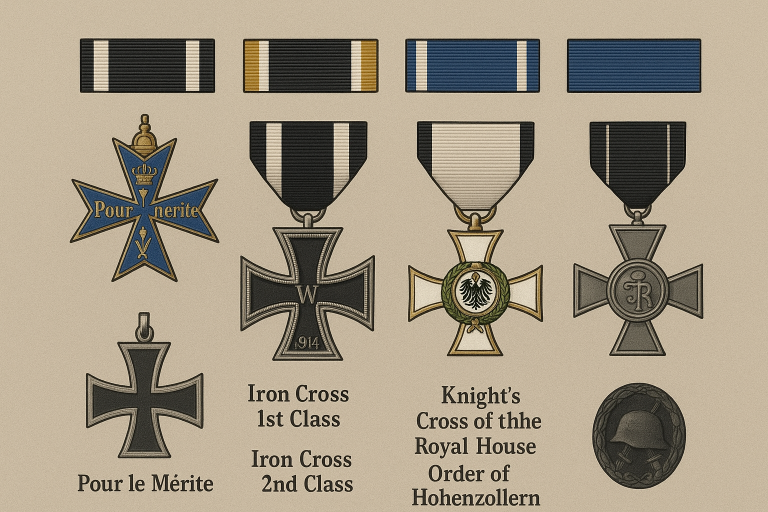
Leadership and Reputation
- Christiansen was both a pilot and a commander, responsible for training other naval aviators and organizing patrols along the North Sea coast.
- His calm and disciplined leadership earned him a strong reputation within the Marineflieger.
- He was admired for his “coolness under pressure” and technical skill, especially when landing damaged seaplanes in rough waters.
Aircraft He Flew
During his time with the German Naval Air Service (Marineflieger), Christiansen gained a reputation not only as a skilled combat pilot but also for his chivalrous behaviour toward enemy airmen — a trait that was still somewhat common among early aviators of World War I, who often respected each other as professionals.
- Christiansen’s missions were mostly maritime patrols and dogfights over the North Sea and English Channel, often far from land.
- When aircraft were shot down over water, both sides faced the same deadly danger: freezing seas and little hope of rescue.
- Because of this, some pilots — Christiansen among them — would land on the water to rescue survivors, regardless of nationality.
🛩️ Documented Cases
Several postwar accounts and German Navy records describe Christiansen’s acts of rescue and humanitarian behavior:
- Rescue of British Airmen (circa 1916–1917):
- After an aerial battle, Christiansen reportedly landed his seaplane near a British pilot who had crashed into the sea.
- He and his observer pulled the man aboard their aircraft, provided basic aid, and then delivered him safely to a German naval base.
- The rescued pilot later confirmed this event after the war, praising Christiansen’s gallantry.
- Rescue of German and Allied Crews Alike:
- Christiansen is known to have rescued both German and British flyers, when possible, after dogfights over water.
- His commanding officers recognized this as consistent with early-war airman’s honor — though later in the war, such behavior became rarer as fighting intensified.
⚜️ Reputation for Chivalry
- These rescues contributed to Christiansen’s reputation as a “knightly” aviator — a term used at the time to describe fliers who upheld a code of conduct even in combat.
- British postwar aviation writers occasionally mentioned him respectfully, noting his courage and fairness despite being an enemy pilot.
Documented Cases
Several postwar accounts and German Navy records describe Christiansen’s acts of rescue and humanitarian behavior:
- Rescue of British Airmen (circa 1916–1917):
- After an aerial battle, Christiansen reportedly landed his seaplane near a British pilot who had crashed into the sea.
- He and his observer pulled the man aboard their aircraft, provided basic aid, and then delivered him safely to a German naval base.
- The rescued pilot later confirmed this event after the war, praising Christiansen’s gallantry.
- Rescue of German and Allied Crews Alike:
- Christiansen is known to have rescued both German and British flyers, when possible, after dogfights over water.
- His commanding officers recognized this as consistent with early-war airman’s honor — though later in the war, such behavior became rarer as fighting intensified.
.
In 1920, Christiansen worked as a reconnaissance pilot to track down shoals of herring in Norway. Near Bergen, he lived alone on a small island. In 1921 he returned to seafaring and entered the service of the shipping company HAPAG. The mail ship „Nordfriesland“ went on a long journey. From 1924 to 1930 he operated the passenger steamer „Rio Bravo“ on the line from Hamburg via England to Cuba, Mexico and Texas.
His brother Carl was also a captain on a long voyage. He had made a name for himself as a „blockade breaker“ and „East Africa fighter“, that is, he fought with colonial troops against the British in East Africa and returned to Germany by breaking through the British naval blockade. In 1930, Carl replaced his brother as captain of the „Rio Bravo“.
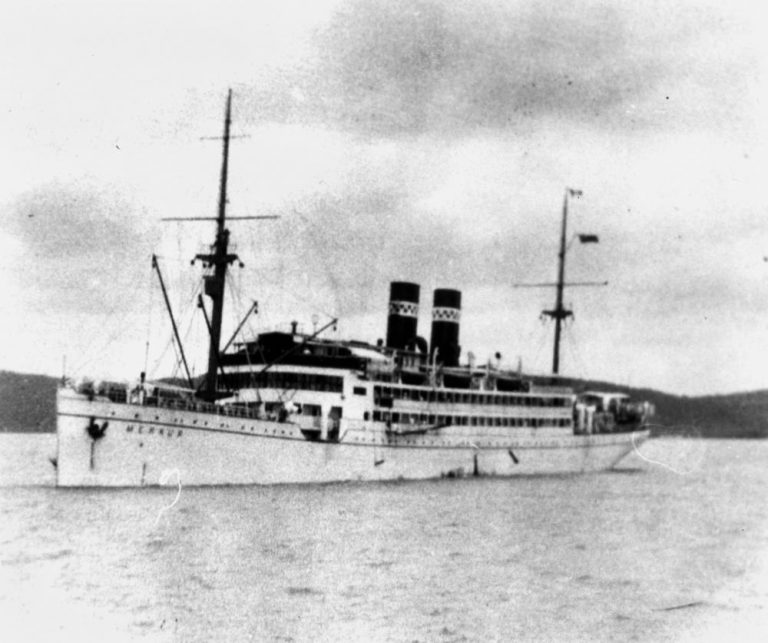
From 1930 onwards, Friedrich Christiansen was employed by the Dornier Works in Friedrichshafen.
He became the chief pilot for Dornier’s flying boats, helping to promote German aviation internationally during the 1920s and early 1930s, and which offered him command of the Do-X flying boat. He crossed the Atlantic twice with the impressive machine.
He also participated in several long-distance and record-setting flights, contributing to Germany’s civil aviation prestige.

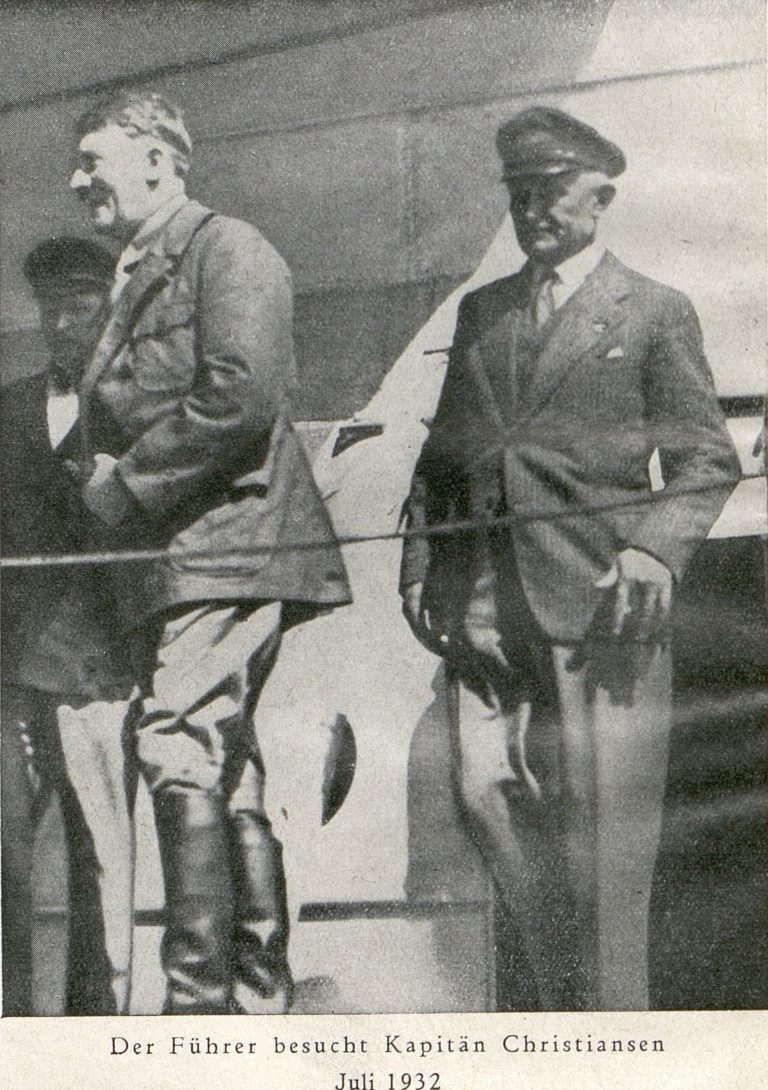

Friedrich Christiansen as captain of the Riesen flying ship 1930. Autograph card 1930
A record was even produced 78 rpm an audio report from Christiansen
He always kept in touch with his home island of Föhr, and in 1932, Christiansen visited the island on the Do-X. At the time, a contemporary report said: „The otherwise so quiet Wyk is in festive excitement. The peasants leave the harvest work, everyone flocks to the beach. The houses are flagged and decorated, and no one remembers ever having seen so many people. Around 12 o’clock a roar fills the air. Do-X appears. Great excitement on the beach. Then everything goes down in outbursts of joy from the otherwise so quiet islanders. Wyk then gave its „Große Straße“ the name Friedrich Christiansen. Later due to a political dispute his name was removed.
From Göring's helper to Wehrmacht Commander in the Netherlands
(1933-1945). In 1933, Hermann Göring brought Christiansen as a „flying hero“ from the First World War to the Reich Ministry of Aviation.
Under Göring’s wing, Christiansen rose to prominence. His main task was to recruit new pilots for the Luftwaffe.
In 1937, Christiansen joined the NSDAP and from then on also headed the National Socialist Aviation Corps (NSFK). In 1938 he was promoted to General of the aviators. Christiansen took up residence in Innien, which today belongs to the municipality of Aukrug near Neumünster. There, he was also made an honorary citizen in 1933.
The Wyker Dampfschiffs-Reederei (WDR) even christened a passenger ship in 1938 the name „Kapitäne Christiansen“. It was badly damaged in 1944 in an air raid and renamed „Uthlande“. From 1955 it was renamed again „Kapitäne Christiansen“
In 1940, with the help of Hermann Goring, Christiansen reached the highlight of his career when he was promoted to command the German army in the Netherlands.
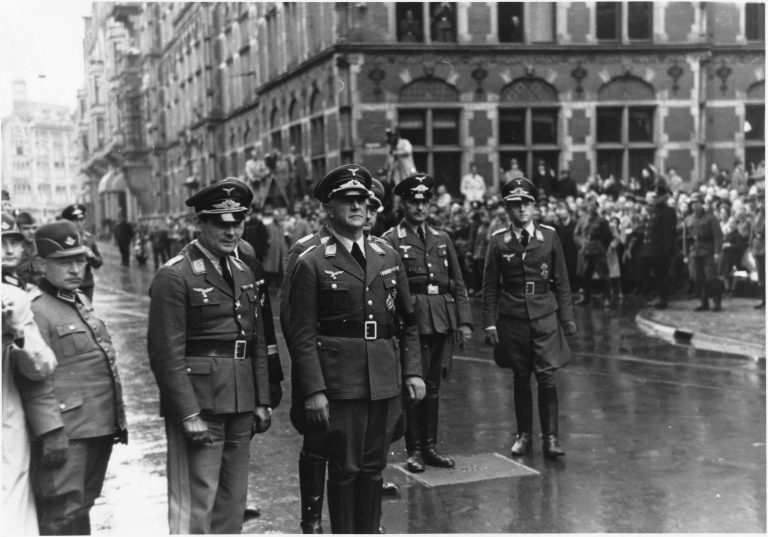
In 1941/2 General Friedrich Christiansen ordered the Shipyard De Vlijt (Aalsmeer, Netherlands) to build for his own personal use a custom made 16mt motor boat, which he named “Peter-Cobis after his two brothers Peter and Carl (Karl) Christiansen — the Christiansen brother was nicknamed Cobis.
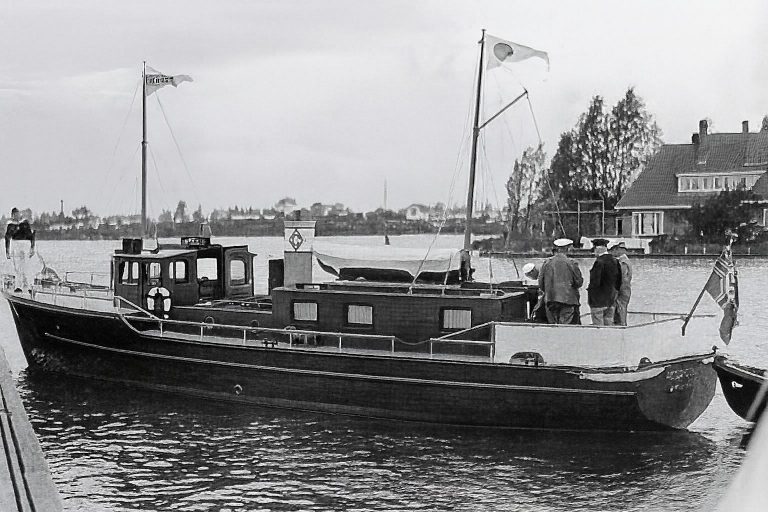
To be continued…


